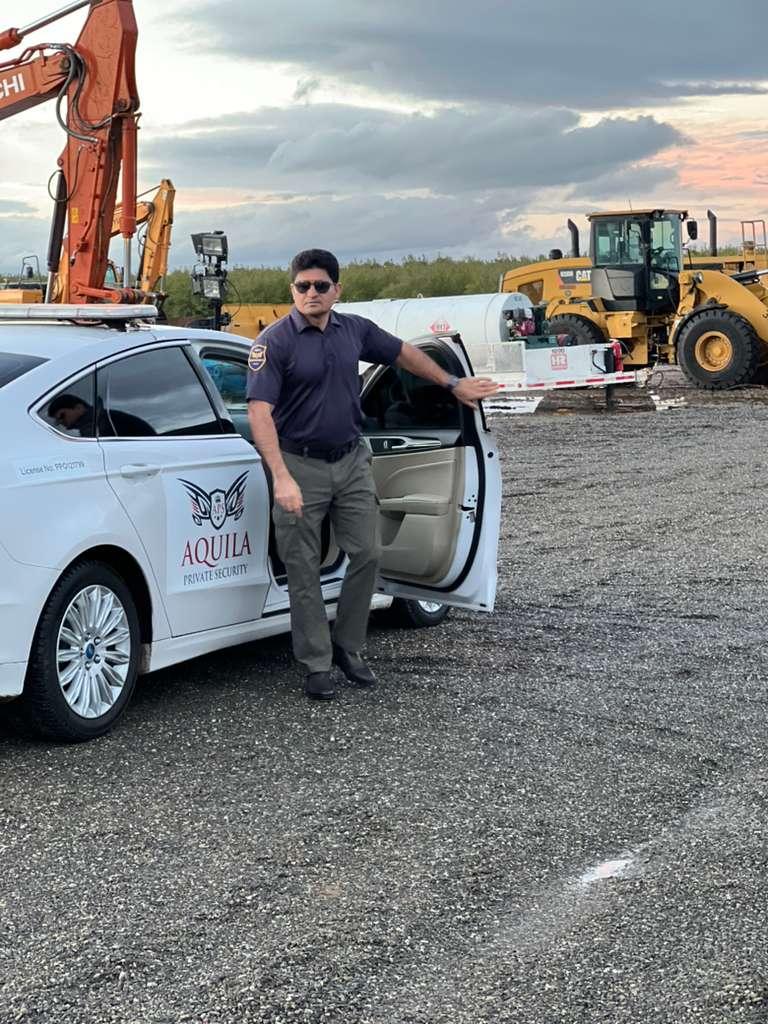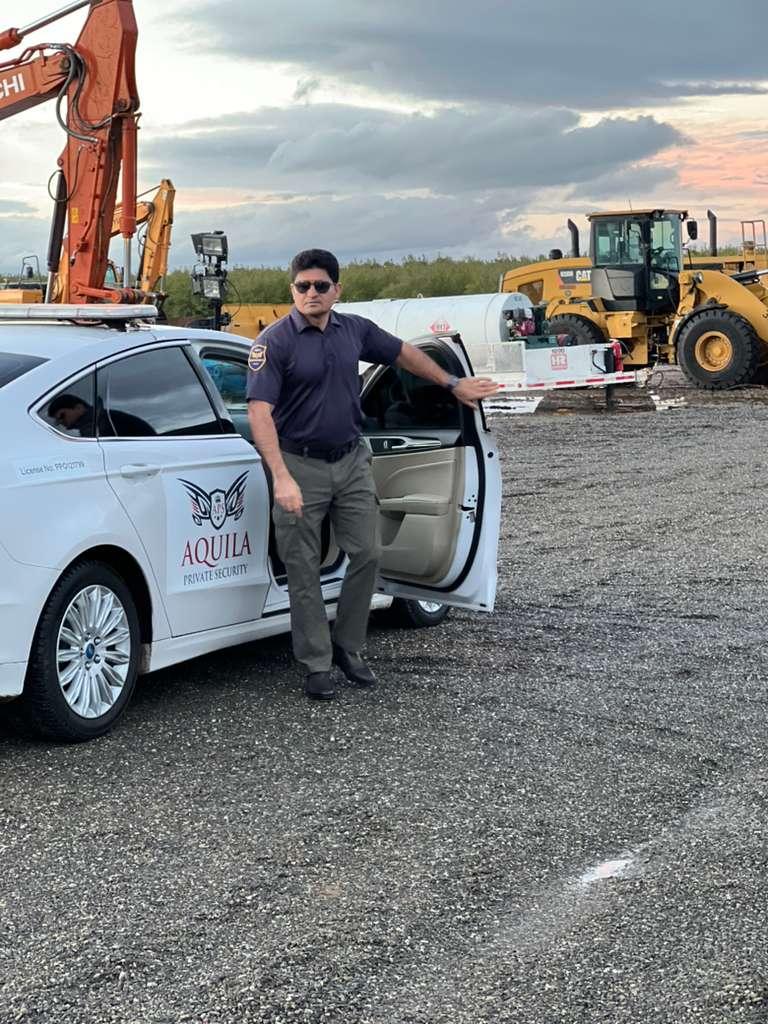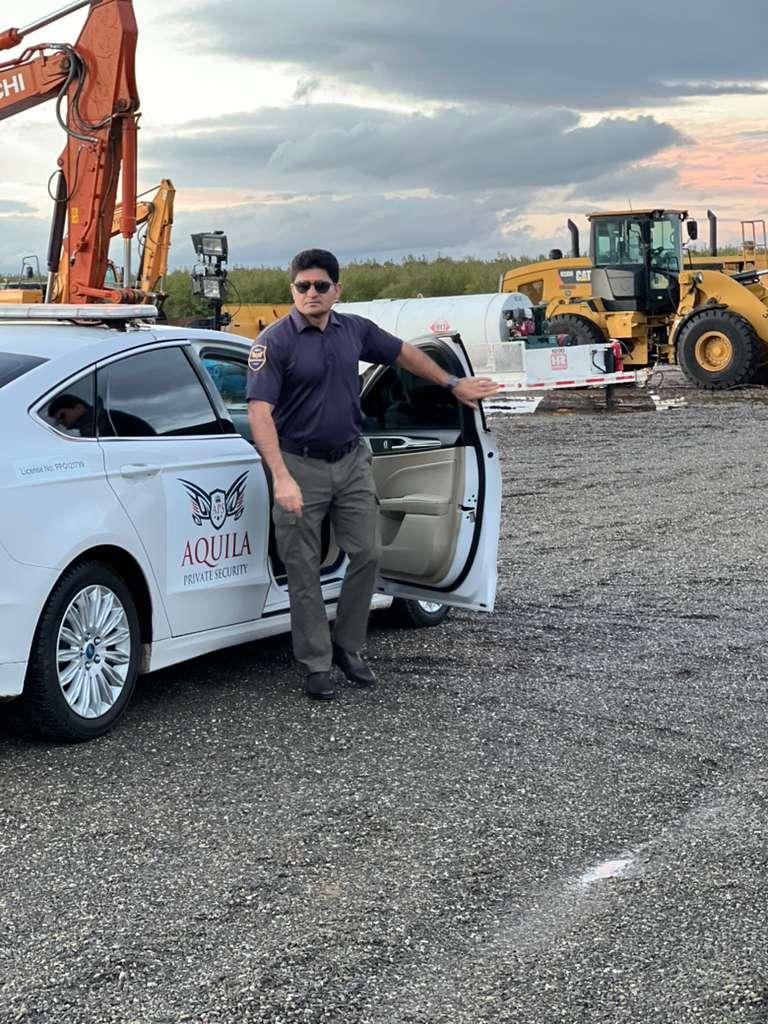In an era where ensuring patient safety is paramount, the integration of close protection services has become a critical component in the healthcare industry. The concept of safeguarding patients and healthcare professionals from potential risks and threats has evolved to encompass proactive measures that go beyond traditional security protocols. Close protection services offer a specialized approach that not only mitigates security vulnerabilities but also fosters a safe and secure environment for all stakeholders within healthcare facilities. By leveraging highly trained personnel, advanced security technologies, and strategic threat assessment, these services bolster the overall safety framework, instilling confidence and peace of mind. This proactive stance not only deters potential security breaches but also enables swift and effective responses in emergency situations, ultimately enhancing the quality of care provided. In this context, the collaboration between healthcare institutions and close protection services signifies a progressive step towards fortifying patient safety and upholding the core values of the healthcare profession.
Close Protection Services in Healthcare
Close Protection Services play a crucial role in ensuring the safety and security of patients in healthcare settings. By providing trained personnel who specialize in protective services, healthcare facilities can mitigate risks and create a secure environment for both patients and staff. Let’s delve into the key points regarding the role of Close Protection in healthcare and the challenges addressed by these services.
Role of Close Protection in Ensuring Patient Safety
Close Protection services in healthcare are essential for safeguarding patients who may be at risk due to various factors such as high-profile status, potential threats, or medical conditions that make them vulnerable. Close Protection officers are trained to assess risks, deter potential dangers, and respond swiftly and effectively in case of emergencies. Their presence alone can act as a deterrent to individuals with malicious intent, thereby creating a safer environment for patients to receive care.
Challenges Addressed by Close Protection Services
Close Protection services in healthcare face a myriad of challenges, ranging from managing access control in busy healthcare facilities to handling volatile situations involving patients or visitors. These services must strike a balance between maintaining a welcoming and open environment for healthcare delivery while also ensuring the safety and security of everyone on the premises. Additionally, Close Protection officers must be well-versed in de-escalation techniques, conflict resolution, and emergency response protocols to effectively address any security threats that may arise.
Close Protection Services play a vital role in enhancing the safety and security of healthcare facilities, ultimately contributing to the well-being of patients, staff, and visitors. By understanding the significance of these services and the challenges they help mitigate, healthcare facilities can better protect those under their care.
Enhancing Patient Experience through Close Protection
Aside from physical security, Close Protection services can also enhance the overall patient experience. Patients often feel a sense of reassurance and comfort knowing that measures are in place to ensure their safety while receiving medical care. This peace of mind can lead to improved patient satisfaction and trust in the healthcare institution.
Utilizing Technology in Close Protection
With advancements in technology, Close Protection services can leverage tools such as surveillance cameras, access control systems, and real-time communication devices to bolster security measures. Integrating technology not only enhances the efficiency of Close Protection operations but also provides an additional layer of protection for patients and healthcare staff.
Continuous Training and Adaptation
To stay ahead of evolving security threats, Close Protection officers undergo rigorous training to hone their skills and stay updated on the latest security protocols. Continuous education and adaptation to new techniques and technologies are crucial in ensuring that Close Protection services remain effective in safeguarding healthcare facilities.
Collaboration with Healthcare Teams
Close Protection officers work in close collaboration with healthcare teams to understand the unique needs and challenges of each facility. By fostering strong partnerships and clear communication channels, Close Protection services can align their security strategies with the healthcare institution’s goals and objectives, ensuring a coordinated approach to patient safety and security.
In summary, Close Protection Services in healthcare not only serve as a protective shield for patients but also contribute to the overall quality of care provided. By addressing security challenges, enhancing patient experience, embracing technology, prioritizing continuous training, and fostering collaboration, Close Protection services play a pivotal role in safeguarding healthcare environments and promoting a culture of safety and well-being.
Implementation and Benefits
Ensuring the safety and well-being of individuals within healthcare facilities has become more crucial than ever. One approach that has been gaining traction is the integration of close protection services into these environments. By having trained professionals providing security and protection, healthcare facilities can experience a range of benefits that directly impact patient safety and staff well-being.
The integration of close protection services into healthcare facilities brings a heightened level of security and safety. This includes controlling access points, monitoring potential threats, and responding swiftly to any security issues that may arise. By having a visible security presence, patients, staff, and visitors can feel more secure, leading to a more positive environment overall.
Moreover, the presence of close protection personnel has a direct positive impact on patient safety. Patients can feel more at ease knowing that their well-being is being prioritized, which can contribute to a sense of comfort and trust in the healthcare facility. Additionally, in emergency situations, close protection professionals can provide crucial assistance in ensuring the safety of patients and staff.
Furthermore, the well-being of staff members is also significantly enhanced by the integration of close protection services. Healthcare professionals often face stressful and challenging situations in their line of work, and having security measures in place can alleviate some of these pressures. Knowing that their safety is being looked after allows staff to focus more on their primary roles, ultimately leading to improved job satisfaction and morale.
Integrating close protection services into healthcare facilities not only enhances security measures but also has a profound impact on patient safety and staff well-being. By prioritizing safety and well-being, healthcare facilities can create a more secure and positive environment for all individuals involved.
Benefits Beyond Security Measures
Aside from the direct security enhancements, the integration of close protection services brings additional benefits to healthcare facilities. One significant advantage is the deterrence of potential security threats before they escalate. The presence of trained security professionals can act as a deterrent to individuals with malicious intent, reducing the likelihood of security breaches and incidents.
Moreover, close protection services can assist in emergency preparedness and response. In critical situations such as natural disasters or incidents requiring immediate evacuation, close protection personnel are trained to coordinate and ensure the safety of patients and staff, minimizing chaos and confusion.
Enhancing Community Trust and Reputation
The integration of close protection services not only benefits the internal workings of healthcare facilities but also plays a role in enhancing community trust and reputation. When patients and visitors perceive a healthcare facility as safe and secure, they are more likely to trust the quality of care provided. This trust can lead to positive word-of-mouth recommendations and a favorable reputation within the community, attracting more patients and enhancing the facility’s standing in the healthcare industry.
Furthermore, by prioritizing the safety and well-being of all individuals within the healthcare environment, facilities showcase a commitment to excellence and professionalism. This dedication to security and care can set a standard for other healthcare providers to follow, ultimately raising the bar for safety practices across the industry.
Conclusion
The integration of close protection services into healthcare facilities is a strategic decision that goes beyond enhancing security measures. It directly impacts patient safety, staff well-being, emergency preparedness, and community trust. By investing in close protection services, healthcare facilities not only create a safer environment for all individuals but also position themselves as leaders in providing comprehensive care and security within the healthcare industry.
Conclusion
Implementing close protection services can significantly enhance patient safety within healthcare facilities. By having trained security personnel on-site to mitigate risks, respond to emergencies, and ensure a secure environment, patients can feel more secure and receive the care they need without fear or disruption. The presence of close protection services not only deters potential threats but also provides peace of mind to both patients and healthcare staff. Ultimately, prioritizing patient safety through the use of close protection services is a proactive approach that can lead to improved quality of care and overall patient satisfaction.







